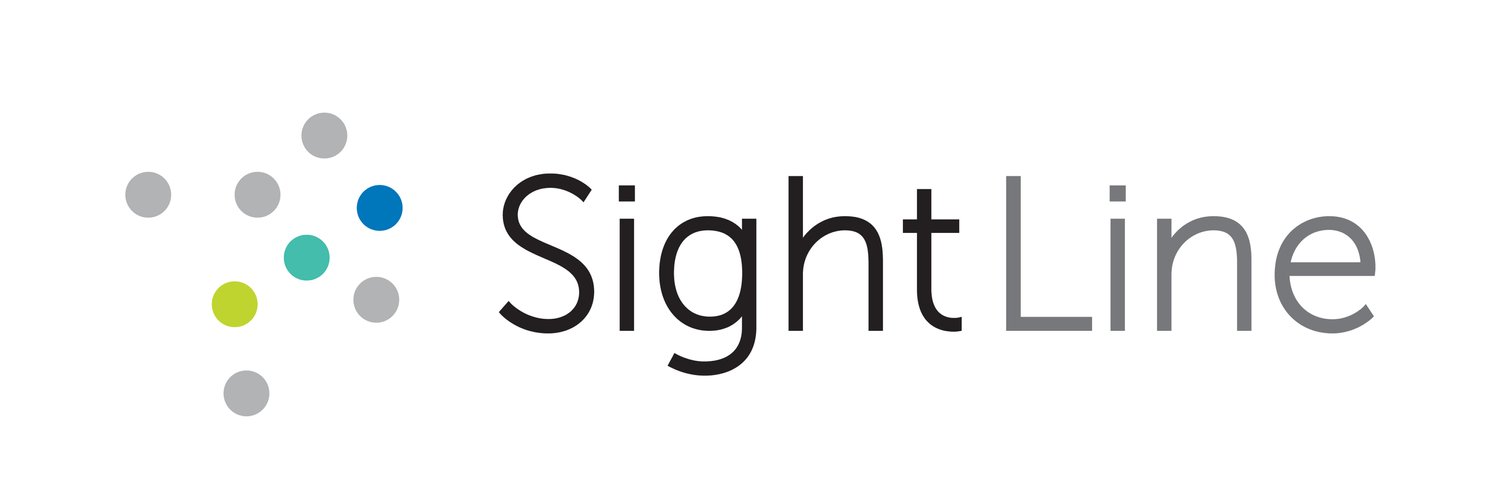The Emotional Versus Analytical Decision Process for College Enrollment
In our last article, and in many other articles we have shared we talked about the evolving higher ed market. And as a data science company, of course a lot of our perspective on this comes from the data we work with every day. We analyze institutional, IPEDS and the College Scorecard data to understand:
Enrollment trends over time, segmented by regions and institution types,
The impact of net price, published price, and discount rates on enrollment yield rates,
Institution caliber indicated by test scores, yield rates, and retention and graduation rates,
Opportunities to differentiate, for example with more affordable housing or even tuition freezes and resets,
Census level data to understand demographics that may have higher affinities for different types of institutions,
Changing socio-economics and families’ ability to pay, and
Overall trends for types of institutions that are growing or shrinking, and the divided market.
But often times this aggregated data doesn’t capture the full picture. Gasp!
Of course, if your pricing and branding isn’t on point, you’ll take yourself out of the running for many students before they even apply. Maintaining on eye on the market and working through a market analysis is a must have. As a higher-ed leader, you need to have these metrics and benchmarks in your back pocket. But that’s just scratching the surface.
In the past year, we’ve learned a lot more qualitative information directly from students themselves, which is probably a different form of market analysis. Marketers and business school deans you can chime in here in and let me know what the proper term is, primary research versus secondary perhaps?
This year we partnered with MeetYourClass (MYC), a social media company for prospective college students. MYC is connected directly with students’ Instagram, Facebook, and TikTok accounts, which means we are meeting students where they already are, in a way that students naturally communicate.
What We’ve Learned from MYC
On the platform, students become members on specific college and university pages, indicating which schools they are considering for enrollment. This is where students go to learn more about the school and meet their prospective classmates. Students share a bio which usually consists of a description of themselves and why they are on the platform.
Considering the recent societal backlash and disenfranchisement towards higher education, you might think that students would be discussing whether the school they are interested in will provide a valuable experience, what kind of careers they are pursing, whether the ROI is apparent, and even what they are expecting to pay or scholarships they may be receiving. This is a very analytical conversation that families may be having, focused on numbers, payments, graduation rates, loans, time to pay off debts, expected salaries, and career paths.
Instead, we see that student bios are filled with their interests, the major they are pursing, where they are from, and inquiries to find roommates. They are talking about who they are, rather than evaluating their college opportunities. This is despite the fact that we can see that students are engaging on 3 – 5 college pages and very much still in the evaluation step of the ‘buying’ process.
Why do students do this? Are they looking for community? Are they looking for prospective classmates that will become their lifelong friends and network? How much do these inter-student conversations and connections drive enrollment decisions? I would argue that this is a more emotional step towards finding the college of their choice, rather than an analytical evaluation.
Campus Community in Recruitment
What stage of the buying process does this conversation around community and engagement start for the students themselves? Is it after they have already determined that a school is within reach price wise? Or is paying for college a secondary thought? It’s probably a mix.
We know that community engagement is important for retention, and now more than ever it appears to be important for enrollment decisions. We know that campus tours, in-person scholarship competitions, and summer youth programs are some of the highest yielding student funnels. The most obvious driver for this, is that students are meeting their prospective classmates and becoming part of the college community before they start their first day of classes.
This article probably has more questions than answers, but it is clear that despite the current media focus on the value of higher education, there is still a very strong sense of belonging that needs to take place for students to make their enrollment decisions.
At SightLine, we are researching ways to capture both community engagement and using data to demonstrate the value of a particular degree or institution to drive enrollment. We are combining the quantitative and qualitative information we have and seeking the best of both worlds. Institutional value and community will be the cornerstones for successful colleges and universities attracting younger generations.
If this is something that piques your interest or is an area of research for your team, please feel free to schedule a chat with Ashley on her Calendly linked HERE!
